By all measurements, 2020 was set to be a landmark year for solar industry employment. The Solar Foundation’s National Solar Jobs Census reported a 2.3% employment increase after two previous years of losses, employing 249,983 people in 2019. Similarly, a SEIA analysis estimated that the industry would employ approximately 320,000 people in the United States by June 2020, but COVID-19 came to prominence stateside several months earlier, causing a 38% drop, or about 114,000 cut, in total solar jobs.
“Thousands of solar workers are being laid off each week, but with swift action from Congress, we know that solar can be a crucial part of our economic recovery,” said Abigail Ross Hopper, president and CEO of SEIA, in a press release from May.
Nextracker
No industry was unscathed by COVID-19’s pervasive presence, and states scrambled to determine what qualified as essential work. While installers managed to continue operating in most states, others, like New York, left solar out altogether. So, solar sales teams moved to remote operations and installers established social distancing and sanitization measures at jobsites.
The California Solar & Storage Association (CALSSA) published an employment survey in May with results estimating 15,000 furloughed clean energy jobs in the state alone.
“Our local businesses are suffering greatly due to COVID-19,” said Bernadette Del Chiaro, executive director of CALSSA, in a press release. “Unless immediate action is taken, the impacts could harm job growth and slow California’s transition to clean, resilient and reliable energy.”
Industry organizations, solar companies and legislators pushed to have renewables included in the Consolidated Appropriations Act, the latest coronavirus relief package, passed December 21, 2020. U.S. Representatives Mike Levin (D-CA) and Dave Schweikert (R-AZ) introduced the Solar Jobs Preservation Act in November to prevent the solar investment tax credit (ITC) from another dropdown at the end of 2020. The solar ITC has been regarded as a tool to stimulate solar job growth, and through the Consolidated Appropriations Act, was extended another two years at its current rate of 26%.
Despite job cuts, there is still a solar workforce demand, and installers are being hired out of training programs. State-funded programs like Solar on Multifamily Affordable Housing in California and Illinois Solar For All have stimulated job training and creation, targeting low-income communities and residents as candidates. And the ITC will remain an incentive to promote solar development.
As solar installers have adjusted to the reality of COVID-19, and potentially with widespread vaccinations on the horizon, the industry is moving into 2021 with federal economic support to regain momentum and rebuild the workforce.
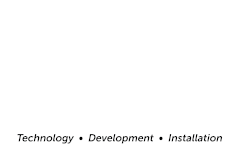
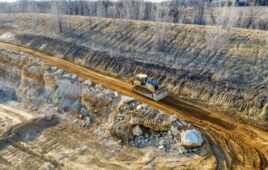
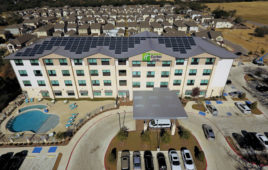
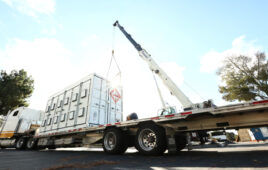
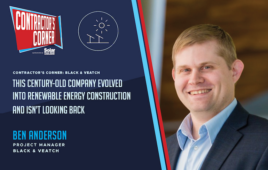
Covid-19 has hurt everyone and not just in the U.S.. We must also keep in mind that solar PV and wind generation are “construction projects” and are seasonal or regional as demand for power in one area wanes it waxes in another area of the country. With the numbers given for furloughed or laid off solar PV work force, solar PV and wind generation continued on through last year and installs increased overall from 2019. The uncertainty of “policy,” On renewable energy direction has also contracted due to the inevitable ramp down of the ITC. Right now the country is waiting more for the Government to get Covid-19 inoculations to the majority of the citizens in this country. I’m thinking right now, face masks worn properly, not chin diapers, social distancing, sanitation of one’s hands and surroundings regularly will be necessary for months if not years to come.